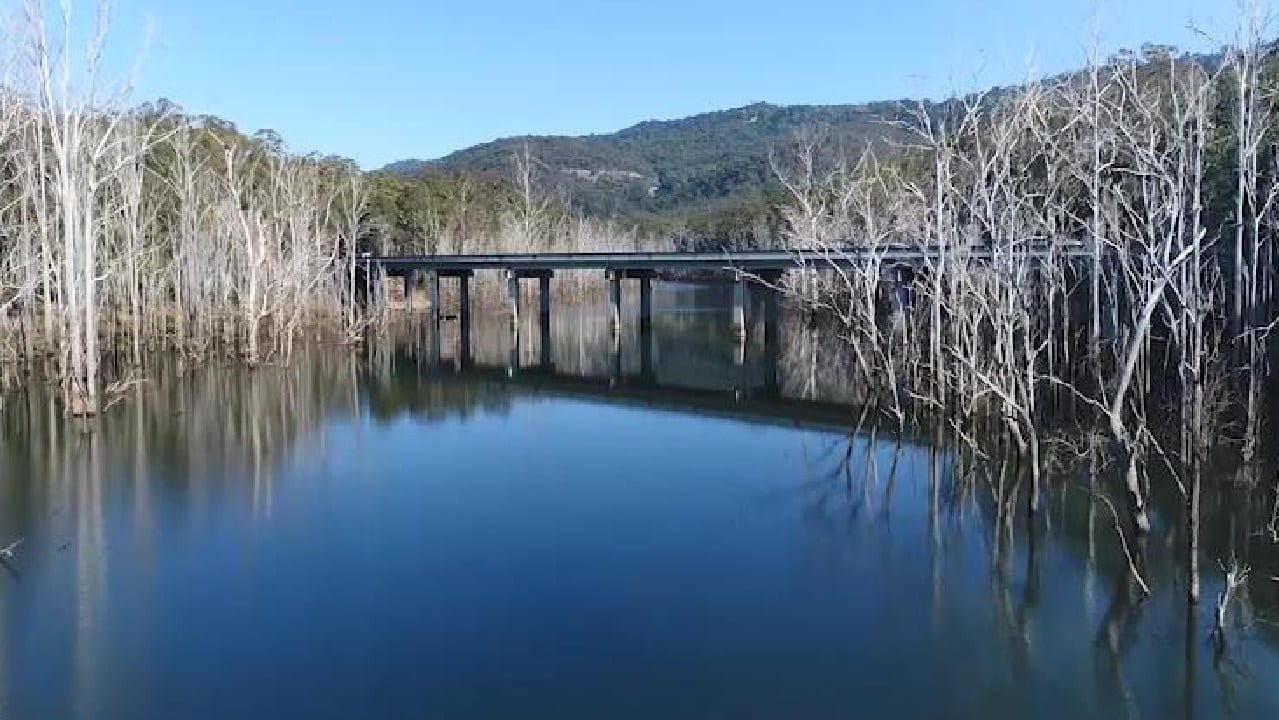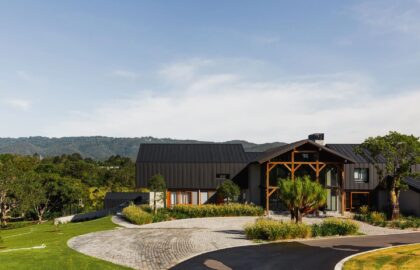
30 years on, we look at the controversy surrounding one of the biggest decisions ever to have its roots in Tamborine, and how the ripples still affect us today
Kyle Hitchmough

Outside Tamborine Memorial Hall, a stone stands bearing a plaque. “This Monument is Dedicated to the People who stood solid as a rock and saved the beautiful Albert Valley from the controversial Wolffdene Dam,” it reads. “The Dam was cancelled on 8-12-1989. It remains a testament to those people who saved their environment for all future generations to enjoy.”
It’s almost 30 years exactly since that date. A good time to look back on this event that shaped the history of our area.
Wolffdene is an area between Bannockburn and Cedar Creek, bordering Luscombe. It covers an area of only approximately 11 square kilometers, and the 2011 census reported a population of 292 people. In 1968 the plans for a dam that would require the repossession of over 165 square kilometers of land were announced.
To say this was ‘controversial’ is an understatement. The revelation of the plan split public opinion right down the center. The opposition to such a dramatic change to an area was unsurprisingly impassioned. Not only that, but one particular reason rallied many to the cause of protest: conservation of the nature in the area.
The Albert Valley was at the time home to 3,000 people, 41,000 acres of trees, and 216 species of birds—not to mention being one of the state’s largest koala habitats. All of this would have been obliterated by the dam, and many residents would not stand for that.
The Citizens Committee Against the Wolffdene Dam lobby group was established in 1988 in Tamborine Village Hall. It was here that the heart of the revolution beat, as over 300 citizens campaigned for 30 months. They weren’t just faceless voices in a crowd, either: Peter Garrett, president of the Australian Conversation Foundation at the time, was outspokenly opposed to the proposed dam, and along with then-aspiring Queensland Labor Premier Wayne Goss. What these people accomplished together has been called one of the most effective campaigns of civil defiance in Queensland history, contributing to the downfall of the National Party government—later to reform into the Liberal National Party of today.

However, not every decision is made lightly: not every consequence comes without compromise. Queensland is a tumultuous country when it comes to the state of water, and the droughts that ravaged lands across the state would soon bring some to regret the loss of infrastructure that would have boosted the region’s water storage considerably— the cancelled dam would have had a capacity equal to that of the Wivenhoe dam.
While the Labor government were lauded at the time for their environmentally conscious decision, it’s hard to say that unrest didn’t begin to stir amongst those with more economic concerns.
No amount of unrest can change history. Today the Albert Valley—and Tamborine—has blossomed into what we all know and love. Whether the decision was right or not is but a matter of opinion, but what is set in stone is not only a plaque but a way of life that one way or the other, we have all come to embrace.
We are always looking for new topics for our blog. If there’s something you like to see more of, email your suggestions to: social@professionalsserendipity.com.au
Or email the writer at kyle.hitchmough@hotmail.com, and follow me on Twitter @realcasualrvws.









Comments (1)
house renovation
Thanks for helping, will definitely use some of this for my following project:D
Comments are closed.